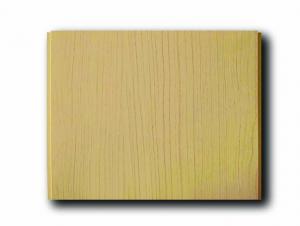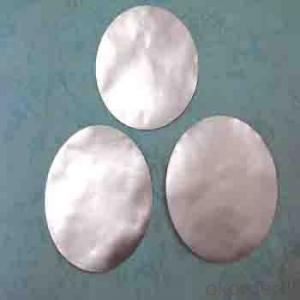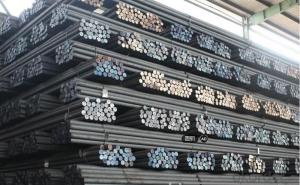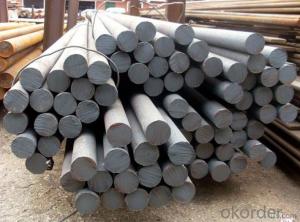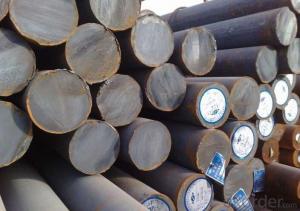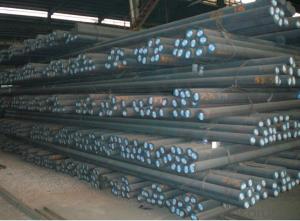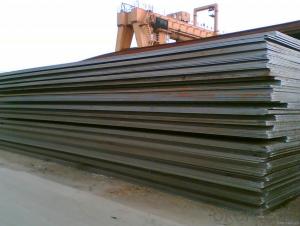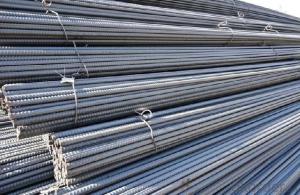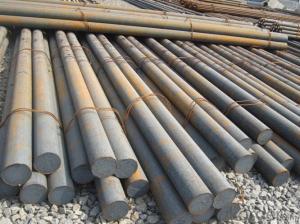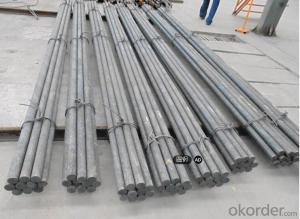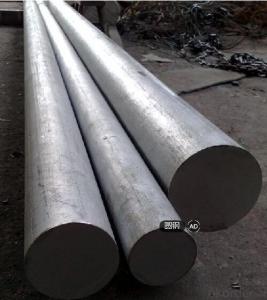An Aluminum Plate Of 25mm Thick
An Aluminum Plate Of 25mm Thick Related Searches
Shiny Or Dull Side Of Aluminum Foil For Cooking Inverter For 100w Solar Panel Solar Panel Inverter For Rv Pvc Tiles For Walls Wall Lights For Bedrooms Inverter Ac With Solar Panel Solar Panel With Inverter Kit Solar Panel Kits With Inverter Solar Panel With Inverter Direct Roving For PultrusionHot Searches
Type Of Inverter For Solar Price Of Shipping Containers For Sale Types Of Inverter For Solar Used Sandwich Panel For Sale Bags Of Cement For Sale Pvc Chairs For Sale Tilt Panel Props For Sale Types Of Temporary Side Panels For Cement Deck Cost Of Awnings For Decks Type Of Scaffolding With Pdf Price Of Scrap Stainless Steel Price Of Stainless Steel Scrap Price Of Stainless Steel Type Of Stainless Steel Types Of Stainless Steel Grades Types Of Stainless Steel China Aluminum Coil Factory pvc pipe manufacturers in usa Sandwich Panel Price In India Aluminum Corp Of China StockAn Aluminum Plate Of 25mm Thick Supplier & Manufacturer from China
Okorder.com is a professional An Aluminum Plate Of 25mm Thick supplier & manufacturer, offers integrated one-stop services including real-time quoting and online cargo tracking. We are funded by CNBM Group, a Fortune 500 enterprise and the largest An Aluminum Plate Of 25mm Thick firm in China.Hot Products
FAQ
- Special steel is designed to withstand extreme temperatures due to its unique composition and manufacturing process. It contains a higher percentage of alloying elements, such as chromium, nickel, and molybdenum, which enhance its heat resistance properties. These alloys form a protective layer on the surface of the steel, preventing oxidation and corrosion at high temperatures. Additionally, special steel undergoes specific heat treatment methods, such as quenching and tempering, which further enhance its ability to withstand extreme temperatures without losing its strength and structural integrity.
- Special steel plays a crucial role in the aerospace landing gear industry by providing the necessary strength, durability, and resistance to extreme conditions that are required for safe and efficient aircraft landings. One of the key requirements for landing gears is high tensile strength, as they must bear the weight of the aircraft during takeoff, landing, and taxiing. Special steel alloys, such as ultra-high strength steels, are specifically designed to resist deformation and withstand the enormous forces exerted on the landing gear. These steels have exceptional mechanical properties, allowing them to maintain their structural integrity under heavy loads. Moreover, special steel used in aerospace landing gears must exhibit excellent fatigue resistance to withstand the repeated stress cycles experienced during each landing. Fatigue failure of landing gears can have catastrophic consequences, so the use of high-quality steel ensures extended service life and reduces the risk of failure. In addition to strength and fatigue resistance, special steel alloys used in landing gears must possess exceptional corrosion resistance. Aircraft operate in various environments, including humid and salty conditions, which can accelerate corrosion. By using corrosion-resistant steels, the landing gear components can withstand these harsh conditions and maintain their performance and safety over time. Furthermore, the unique properties of special steel alloys allow for weight reduction in landing gear components. Aerospace industry continuously strives to reduce aircraft weight to improve fuel efficiency and performance. Special steel alloys, like high-strength low-alloy (HSLA) steels, offer the perfect balance between strength and weight, allowing for the design of lighter landing gear components without compromising safety or durability. In summary, special steel is crucial to the aerospace landing gear industry as it provides the necessary strength, fatigue resistance, corrosion resistance, and weight reduction capabilities required for safe and efficient aircraft landings. By using special steel alloys, the industry can ensure the reliability and longevity of landing gear components, contributing to the overall safety and performance of aircraft.
- Mold steel resists wear and erosion due to its high hardness, toughness, and resistance to deformation. It has a fine microstructure that allows it to withstand the repetitive stresses and strains associated with molding processes. Additionally, certain alloying elements like chromium and molybdenum enhance its corrosion resistance, making it more durable against wear and erosion caused by environmental factors.
- Yes, special steel can be used in the production of knives and blades. Special steels, such as high carbon stainless steel or Damascus steel, offer superior durability, sharpness, and corrosion resistance, making them ideal for producing high-quality knives and blades.
- Yes, special steel can be used in the beverage manufacturing industry. Special steel, such as stainless steel, is commonly used in beverage processing equipment due to its corrosion resistance, hygienic properties, and durability. It is particularly suitable for manufacturing tanks, pipes, valves, and other components that come into contact with beverages, ensuring a high level of safety and maintaining the quality of the products.
- There are different methods available for tempering special steel, each having its own advantages and considerations. Some commonly used methods for tempering special steel are: 1. Air Tempering: Special steel is heated to a specific temperature and allowed to cool in still air. This method is suitable for low alloy steels and results in uniform hardness throughout the steel. 2. Oil Tempering: Special steel is heated to a specific temperature and then rapidly cooled by quenching it in oil. This method is commonly used for tool steels as it provides a good balance between hardness and toughness. 3. Water Tempering: Similar to oil tempering, this method involves quenching the steel in water after heating it to a specific temperature. It leads to a harder steel due to faster cooling, but it may also increase brittleness. 4. Salt Bath Tempering: The steel is immersed in a molten salt bath at a specific temperature. This method ensures controlled and uniform heat transfer, resulting in consistent hardness throughout the steel. 5. Cryogenic Tempering: Steel is cooled to extremely low temperatures, often below -100°C (-148°F), using liquid nitrogen or helium. This method further reduces residual stresses and enhances wear resistance of the steel. It is important to consider various factors such as the type of steel, desired hardness, intended application, and the required balance between hardness and toughness when choosing a specific tempering method for special steel. Following proper heat treatment guidelines and seeking advice from experts is crucial to achieve optimal results for a particular steel alloy.
- Stainless tool steel possesses several properties that make it highly desirable for various applications. Firstly, it exhibits excellent corrosion resistance due to its high chromium content, making it resistant to rust and tarnish. Secondly, it has high hardness and wear resistance, allowing it to retain its cutting edge and withstand heavy use without dulling or chipping easily. Moreover, stainless tool steel has good toughness, which means it can withstand impact and shock loads without fracturing. It also demonstrates good dimensional stability, meaning it maintains its shape and size even under extreme temperatures and mechanical stress. Lastly, stainless tool steel is known for its machinability and can be easily formed and fabricated into various shapes and sizes.
- Precipitation-hardening steel, also known as PH steel, possesses several notable properties. One of its key features is its ability to be strengthened through a heat treatment process, known as precipitation hardening. This process involves heating the steel to a specific temperature and then rapidly cooling it, followed by aging at a lower temperature. This treatment causes the formation of fine particles within the steel, leading to increased strength and hardness. Another important property of precipitation-hardening steel is its excellent combination of strength and corrosion resistance. This steel alloy is often used in applications where both high strength and resistance to corrosion are required, such as in aerospace and marine industries. Additionally, precipitation-hardening steel offers good weldability, making it suitable for various fabrication processes. Furthermore, this type of steel is known for its versatility as it can be tailored to meet specific mechanical properties by adjusting the heat treatment parameters. This allows manufacturers to customize the steel's strength, toughness, and other characteristics according to the desired application. In summary, precipitation-hardening steel is characterized by its ability to be strengthened through a heat treatment process, its excellent combination of strength and corrosion resistance, and its versatility in achieving desired mechanical properties.



























